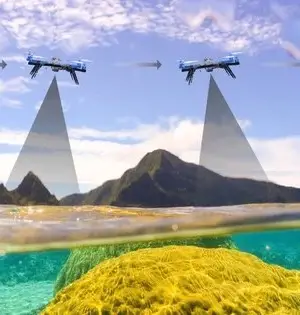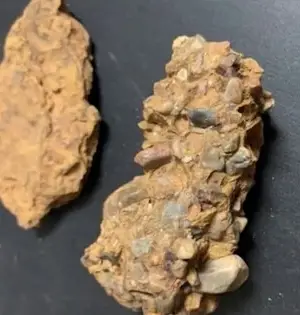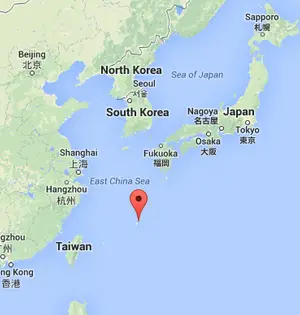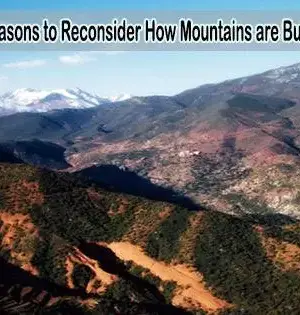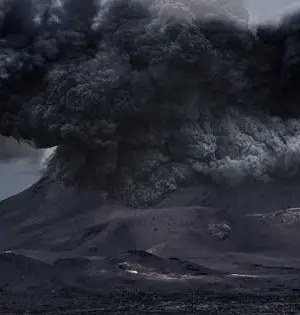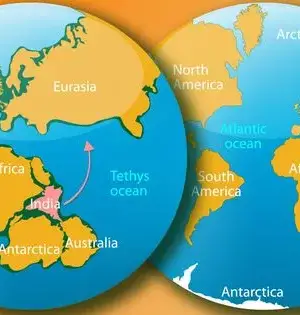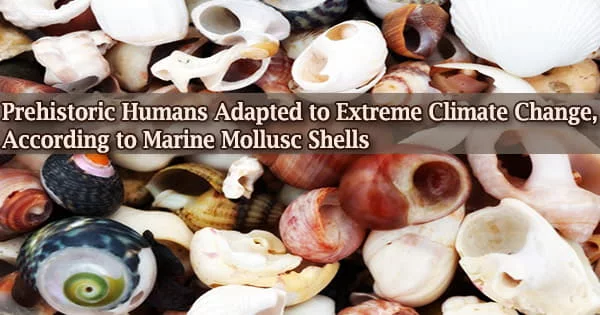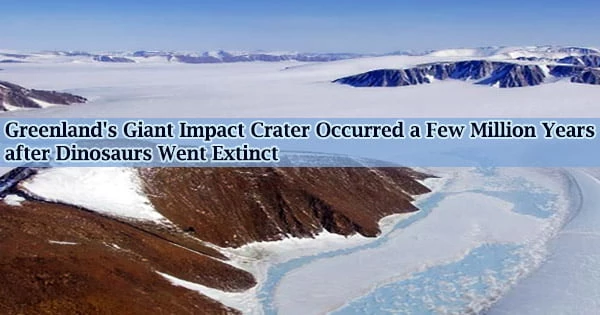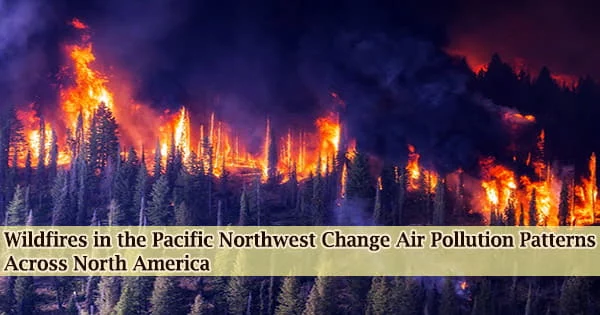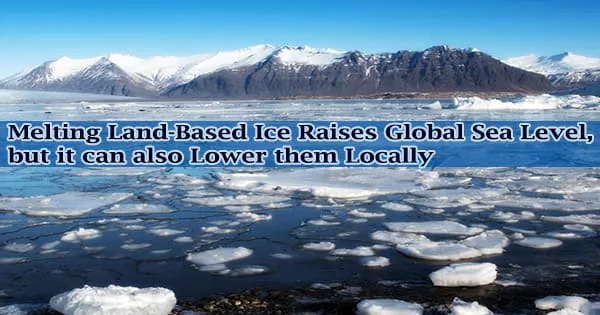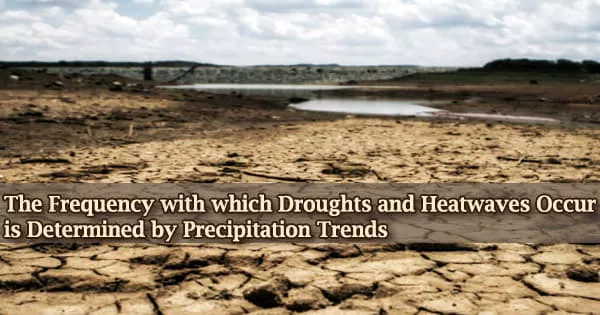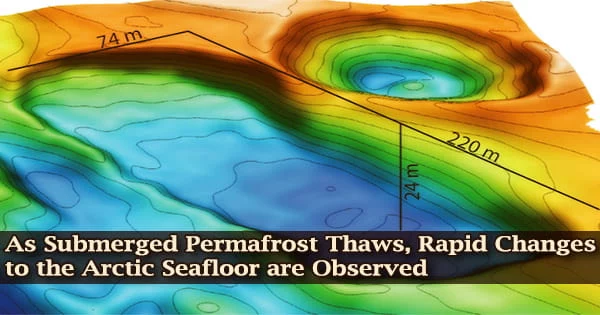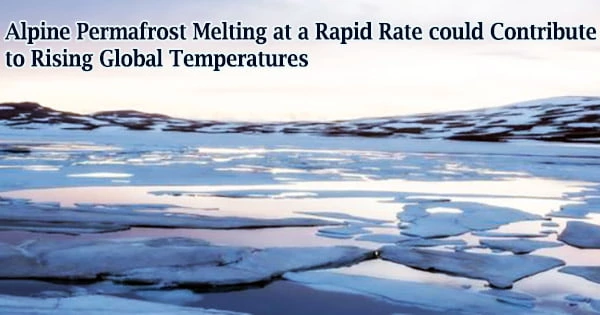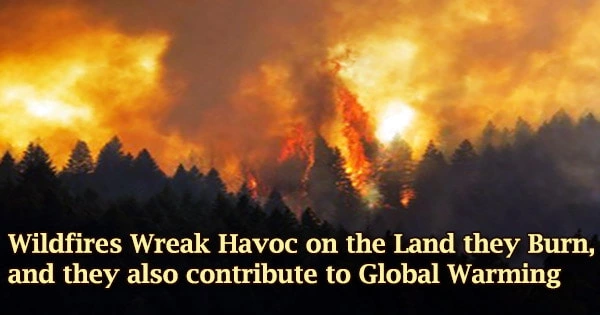The significance and repercussions of the ‘8.2 ka event,’ the largest abrupt climate change of the Holocene, for prehistoric foragers and marine ecology in Atlantic Europe, are revealed in a new multidisciplinary study led by ICTA-UAB researcher Asier García-Escárzaga. Global climatic warming is having, and will continue to have, profound effects for human history, just as environmental changes in the past had important consequences for human populations. The ‘8.2 ka event,’ triggered by cool meltwater from North American lakes flowing into the North Atlantic and halting ocean circulation networks, has been recognized as the greatest and most abrupt climatic event
Geography
Danish and Swedish experts have dated the massive Hiawatha impact crater, a 31 km-wide meteorite crater buried beneath a kilometer of Greenlandic ice. The discovery puts to rest suspicions that the meteorite struck after humans appeared, and also sheds new light on Earth's post-dinosaur evolution. Since 2015, when geologists from the University of Copenhagen's GLOBE Institute found the Hiawatha impact crater in northeastern Greenland, there has been much conjecture over the crater's age. Could the asteroid have collided with Earth as early as 13,000 years ago, when humanity had already established themselves on the planet? Could its impact have triggered
According to recent research, larger and more severe wildfires in the Pacific Northwest are changing the seasonal rhythm of air pollution and triggering an increase in hazardous pollutants in August. According to the study, smoke is eroding clean air gains and creating possible health concerns to millions of people. Researchers from the National Center for Atmospheric Research (NCAR) discovered that as wildfires expanded in August, levels of carbon monoxide, a chemical that signals the presence of other air pollutants, surged dramatically. Carbon monoxide levels are typically lower in the summer due to chemical reactions in the atmosphere caused by changes
Sea levels are rising as a result of two processes: thermal expansion, which occurs when water expands due to increased warmth, and melting of land-based ice, which occurs when meltwater flows into the ocean. The subtle phenomena of gravitational pull is less well-known in relation to the latter. When a big ice sheet melts, the global mean sea level rises, but the local sea level around the ice sheet may actually fall. A researcher from Saint Joseph's University illustrates this effect through a series of calculations in the American Journal of Physics, published by AIP Publishing, starting with a simple,
Climate change will modify the average amount of precipitation on land, increasing the frequency of droughts and heat waves. However, it has remained unknown until now under what conditions both extreme events, termed as 'compound hot-dry-events,' will occur simultaneously. These summers were identified by the UFZ researchers as those in which the average temperature was greater than in 90% of the summers between 1950 and 1980, while precipitation was lower than in 90% of those years. “In the past, periods of drought and heat waves were often considered separately; there is, however, a strong correlation between the two events, which
MBARI researchers and collaborators have published the first study to show how the thawing of permafrost, which is submerged underwater at the Arctic Ocean's edge, is changing the seafloor. On March 14, 2022, the study was published in the Proceedings of the National Academy of Sciences. Many peer-reviewed research have found that thawing permafrost generates unstable land, which has a negative impact on vital Arctic infrastructures like roads, train lines, buildings, and airports. Repairing this infrastructure is costly, and the consequences and costs are anticipated to rise in the future. MBARI researchers and collaborators discovered that thawing permafrost is causing
Scientists can glean a vision of Earth's future from the ancient sludge of lakebeds in Asia's Tibetan Plateau. That future, it turns out, will resemble the mid-Pliocene warm period, which lasted 3.3 million to 3 million years and saw average air temperatures at mid-latitudes rarely fall below freezing. Permanent ice was just starting to cling to the northern polar regions at the time, and mid-latitude alpine permafrost, or persistently frozen soil, was far more limited than it is today. There are 1,500 trillion grams of carbon in the world's permafrost now. That's more than double the amount stored in the
Experts have Developed a Complex New Method for More Precisely Modeling the Earth’s Natural Features
Scientists have created a ground-breaking new technique for modeling and mapping the natural environment in great detail using AI's cutting-edge capabilities. A group of experts, led by Charlie Kirkwood of the University of Exeter, has developed a complex new method for modeling the Earth's natural characteristics with greater accuracy and detail. The new methodology is capable of recognizing complex features and components of the terrain much beyond the capabilities of more traditional methods, and it can use this information to create higher-quality environmental maps. Importantly, the new method may pave the way for fresh discoveries of natural-environment linkages, which could
The wildfire season of 2021 set new records around the world, charring terrain from California to Siberia. The risk of fire is increasing, and a UN research released last month predicted that wildfires will increase by 50% by 2050. As they burn, these fires damage homes, plant life, and animals, but the danger does not end there. On March 18, researchers published a paper in the journal One Earth detailing how brown carbon released by burning biomass in the northern hemisphere is hastening Arctic warming and warning that this could lead to even more wildfires in the future. Large plumes
According to a Penn State-led team of scientists, dark patches of the open sea that develop in the ice-choked water around Helheim Glacier may give fresh information about how a fast-changing Greenland glacier loses ice. “Greenland is losing a lot of ice, and it drains from the interior of the ice sheet to the ocean through outlet glaciers like Helheim,” said Sierra Melton, a doctoral candidate in geosciences at Penn State. “Understanding what's happening at these glaciers is important.” During warm seasons, enough meltwater drains from beneath Helheim, causing plumes of buoyant freshwater to rise to the surface of the
